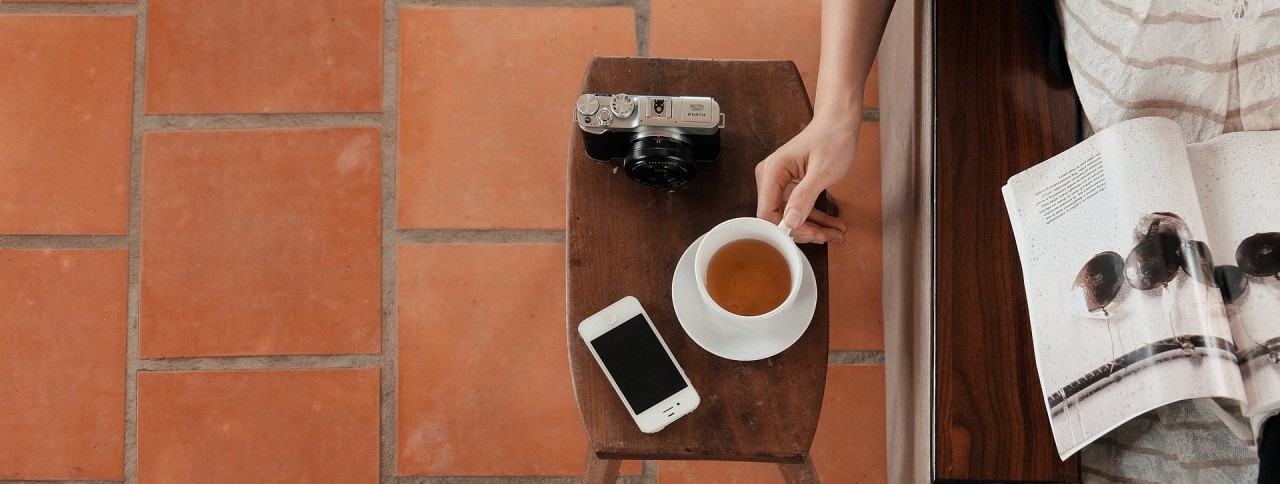
“Efficiency is doing the thing right. Effectiveness is doing the right thing.” – Peter Drucker
In PART I blog of 2 post series on multitasking, I discussed about importance of productivity and if multitasking is good for productivity. In this concluding blog, lets examine why multitasking might not be as good things as it is commonly perceived to be. Here is what we know from various research on results of multitasking:
- Missing out on the most important task: Multitasking can mean that you cannot prioritize correctly and hence miss on working on the thing which is most important.
- Decreased productivity: if you are multitasking, you could end up being 40% less productive compared to doing one task at a time.
- Decreased quality of work output: Multitasking might also result in poorer quality of work than if you do same work as single task because your concentration is divided among 2 more tasks affecting the quality of outputs.
- More time taken to complete a task: It takes more time to complete a task if you are multitasking and switching between tasks.
- Prone to making more errors: you are likely to make more errors on a task when you are multitasking than one task at a time.
- More stress and less happiness: Multitasking takes a toll. At home or at work, distractions lead to poor choices, painful mistakes and unnecessary stress. Multitasking is stressful as you are trying to do many things at once
- Distraction undermines results: When you try to do two things at once, you either can’t or won’t do either well. As per Steve Uzzell –“Multitasking is merely the opportunity to screw up more than one thing at a time.”
So what is the antithesis to multitasking, Doing one thing at a time.
“There can only be one most important thing . Many things may be important but only one can be most important – Ross Garber
Only exception where multitasking works to an extent is parenting at home. Sometimes there is more than one important task and both rank same on prioritization. Example – your toddler needs to go to bathroom and doorbell rings. There are multiple situations like this in a home with young kids. As a parent you have to handle all and everything is important but you could still prioritize these on basis of urgency and do them in a sequence and then these tasks which appear to be multitasking actually become one task at a time.
“Success demands singleness of purpose” – Vince Lombardi
We need to figure out what matters most in the moment and give it our undivided attention. Extraordinary results are determined by how narrow you can make your focus. Extraordinary success is sequential not simultaneous. Success builds on success.Benefits of focusing on one thing a time
- Increases productivity as all your focus and efforts are on one task, results are better. “Nobody who ever gave his best regretted it.” – George Halas
- Increases quality of work as total focus and attention to detail would improve the quality of work and reduce the probability of errors.
- Declutters life and mind by doing away with constant distractions of multitasking. This brings clarity on larger picture and smaller things that matter.
- Brings peace and tranquillity by focusing on one thing at a time and avoiding the stress and chaos associated with multitasking
We now know that multitasking is not good for productivity and it is in indeed a myth that too a very popular one. We also saw that for long-term success, we need to focus on the most important thing at a time and give task at hand our best. This way we would not only be more productive but also more content and happy.The key is over time. If we choose right and focus on doing our most important thing right – one thing at a time, slowly and over time it will accumulate to a big success.

Pingback: Is Multitasking a myth? PART I – My Morning Diaries